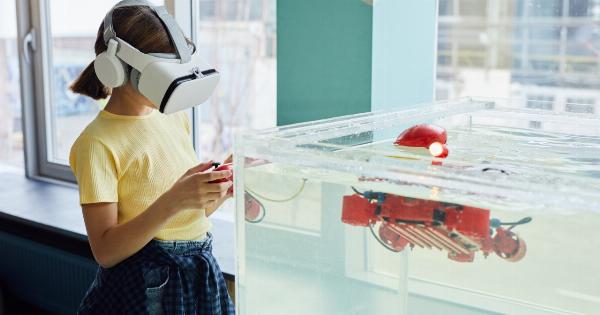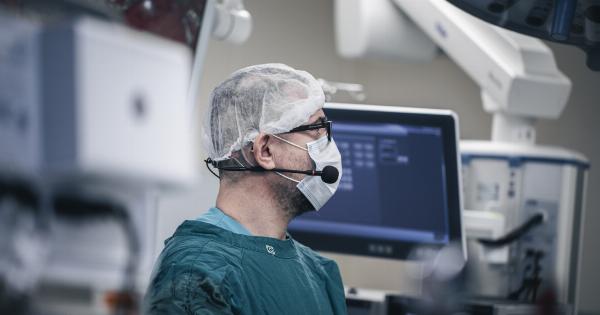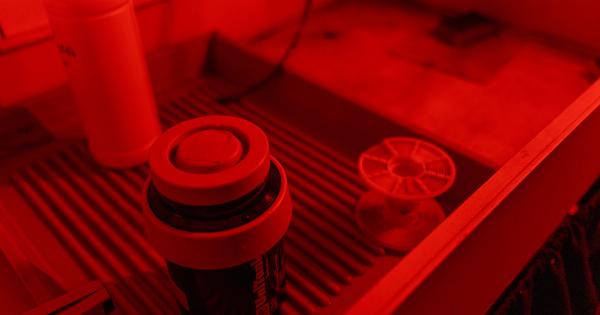Rhinoplasty is a plastic surgery procedure that involves reshaping the nose to improve its appearance and function. One of the most common reasons people seek rhinoplasty is to improve their breathing.
The surgery can correct structural issues that cause difficulties with breathing, such as a deviated septum or narrow nasal passages. Traditional rhinoplasty techniques have been successful in improving breathing, but innovations in the field have led to new approaches that can make the process easier and more effective.
In this article, we will explore some of these innovative approaches to rhinoplasty for easier breathing.
Endoscopic Rhinoplasty
Endoscopic rhinoplasty is a minimally invasive technique that uses a small camera and specialized instruments to access and remodel the nasal passages.
This approach allows surgeons to precisely target and reshape the areas that are causing breathing difficulties, without the need for extensive incisions or tissue manipulation.
3D Printing
Advances in 3D printing technology have allowed surgeons to create custom implants and devices that can improve breathing function.
By creating a 3D model of the patient’s nasal passages and using the model to design a custom implant or device, surgeons can ensure a perfect fit and optimal function. These custom devices can also be designed specifically to correct certain types of breathing problems, such as a collapsed nasal valve.
Computer-Assisted Surgery
Computer-assisted surgery (CAS) is a technique that uses advanced software and imaging technology to plan and execute surgical procedures with extreme precision.
CAS can be especially useful in rhinoplasty procedures, where the delicate structures of the nose require precise manipulation. By using computer-guided instruments, surgeons can carefully target and reshape the nasal passages to improve breathing function.
Ultrasonic Rhinoplasty
Ultrasonic rhinoplasty is a newly developed technique that uses ultrasound technology to target and reshape the nasal bones. By using ultrasonic vibrations to soften the nasal bones, surgeons can manipulate them more easily and with greater precision.
This technique can be especially useful in cases where the nasal bones are particularly dense or difficult to reshape using traditional methods.
Augmented Reality
Augmented reality (AR) is a technology that overlays digital information onto the real world. In the context of rhinoplasty, this technology can be used to create a digital model of the patient’s nose and nasal passages.
By using AR to visualize the patient’s internal structures, surgeons can plan and execute procedures with greater precision and accuracy.
Radiofrequency Turbinoplasty
The turbinates are structures inside the nose that help to filter and humidify the air we breathe. In some cases, the turbinates can become enlarged or swollen, leading to breathing difficulties.
Radiofrequency turbinoplasty is a minimally invasive technique that uses radiofrequency energy to reduce the size of the turbinates. By shrinking the turbinates, surgeons can improve breathing function and reduce the risk of snoring and sleep apnea.
Nasal Valve Repair
The nasal valve is a narrow area inside the nose that can become collapsed or obstructed, leading to breathing difficulties. Nasal valve repair is a specialized surgical technique that involves reconstructing the nasal valve to improve airflow.
This procedure can be highly effective in treating otherwise difficult-to-treat breathing issues.
Composite Rhinoplasty
Composite rhinoplasty is a technique that involves using multiple approaches to achieve optimal results.
By combining multiple techniques such as those mentioned above, surgeons can address multiple structural issues that are contributing to breathing difficulties. Composite rhinoplasty can also be highly effective in achieving cosmetic improvements at the same time.
Conclusion
Rhinoplasty is an effective treatment for improving breathing function, and advancements in the field have led to numerous innovative approaches that can make the process easier and more effective.
From endoscopic techniques to custom 3D-printed implants, surgeons have more tools than ever for achieving optimal results for their patients. Ultimately, the key to successful rhinoplasty is finding a skilled and experienced surgeon who has the expertise to create a personalized treatment plan that fits the patient’s individual needs.





























